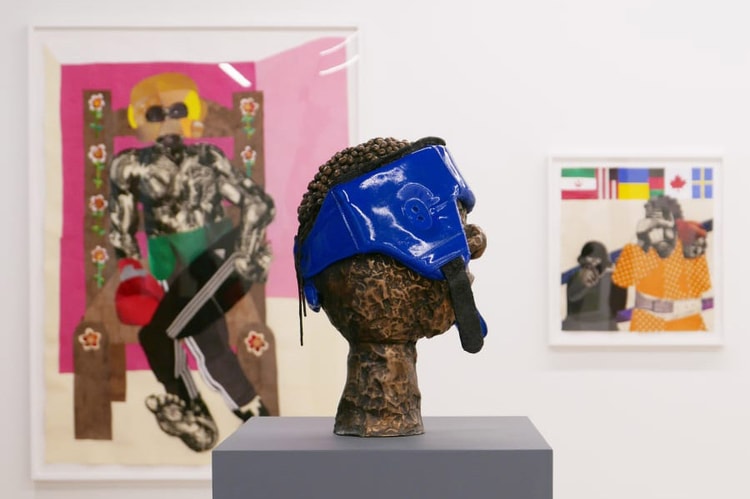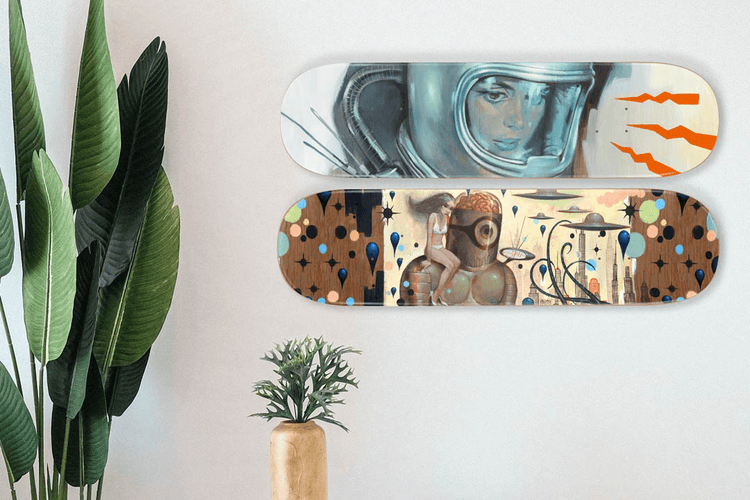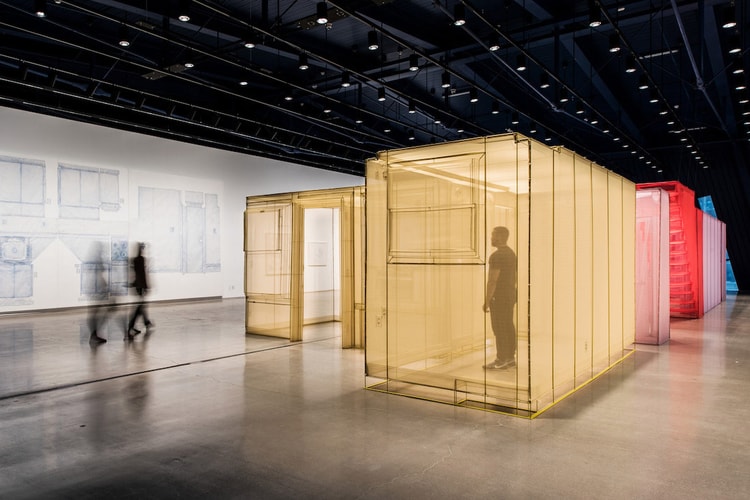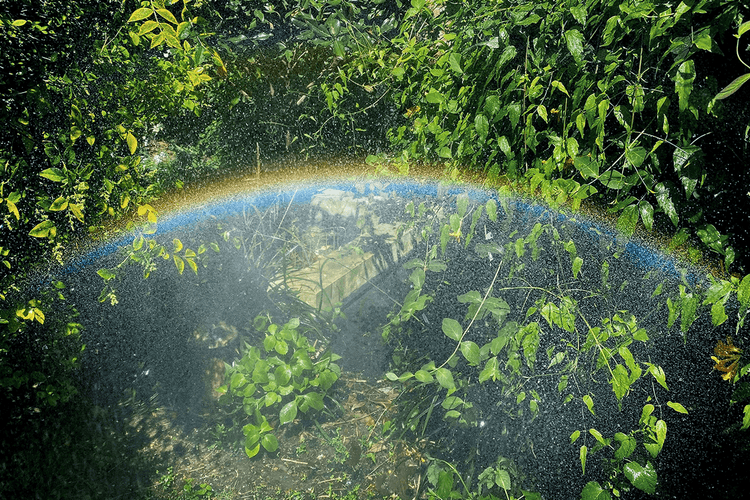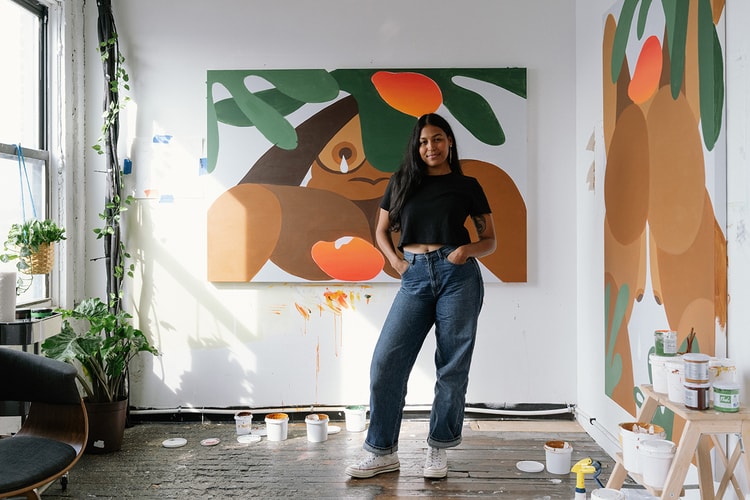Hidden Picasso Drawing Found Beneath One of His Most Iconic Paintings
A team of conservators used X-ray and infrared technology for the fascinating discovery.
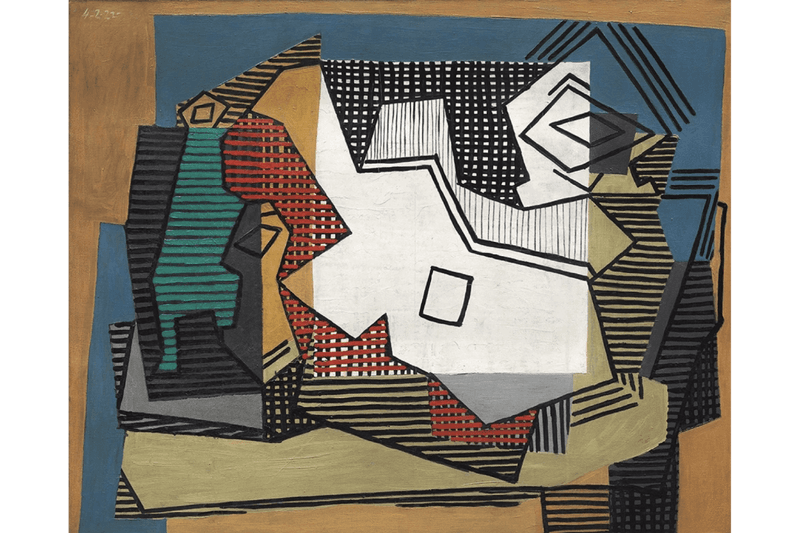

An unseen drawing by Pablo Picasso was discovered beneath one of the late artist’s most recognizable abstract paintings called Still Life. Conservators from the Art Institute of Chicago made the discovery during their attempts to analyze seemingly wrinkled portions of the painting which is currently mounted at the institute. In their examination, the team utilized X-ray and infrared technology and found the hidden illustration of “a pitcher, a mug, a rectangular object that may be a newspaper” drawn atop a table or a chair, as per a report written by the team in the SN Applied Sciences journal.
According to Artnet, it wasn’t unusual for Picasso to paint over his works, but he commonly painted directly over them and used the composition to create a new piece. For Still Life, however, the artist completely painted over the hidden drawing using a “thick white layer” of paint before developing the abstract work. “This seems somewhat unusual in Picasso’s practice, as he often painted directly over earlier compositions, allowing underlying forms to show through and influence the final painting,” the team wrote in the paper.
The date “February 4, 1922” was marked on the painting, suggesting that the drawing was also created around that time. Picasso gave the work to Gertrude Stein, a “friend and collector of the artist and an important patron of modern art in early-twentieth-century Paris,” the team described. Picasso made the painting during his Cubist phase from late 1921 to 1922 — a period in which he experimented with depictions of three-dimensional objects alongside various geometric shapes to create dynamic perspectives for onlookers. Apart from the discovery of the drawing, the conservators also uncovered earlier restoration methods using acrylic resin and paint applied into the cracks of the work. The team removed these conservation efforts to find the painting’s original colors.
You can learn more about the discovery by reading the full report on SN Applied Sciences’ website.
In other recent art stories, a new survey released by the American Alliance of Museums claims that one-third of U.S. museums may close permanently due to COVID-19.




